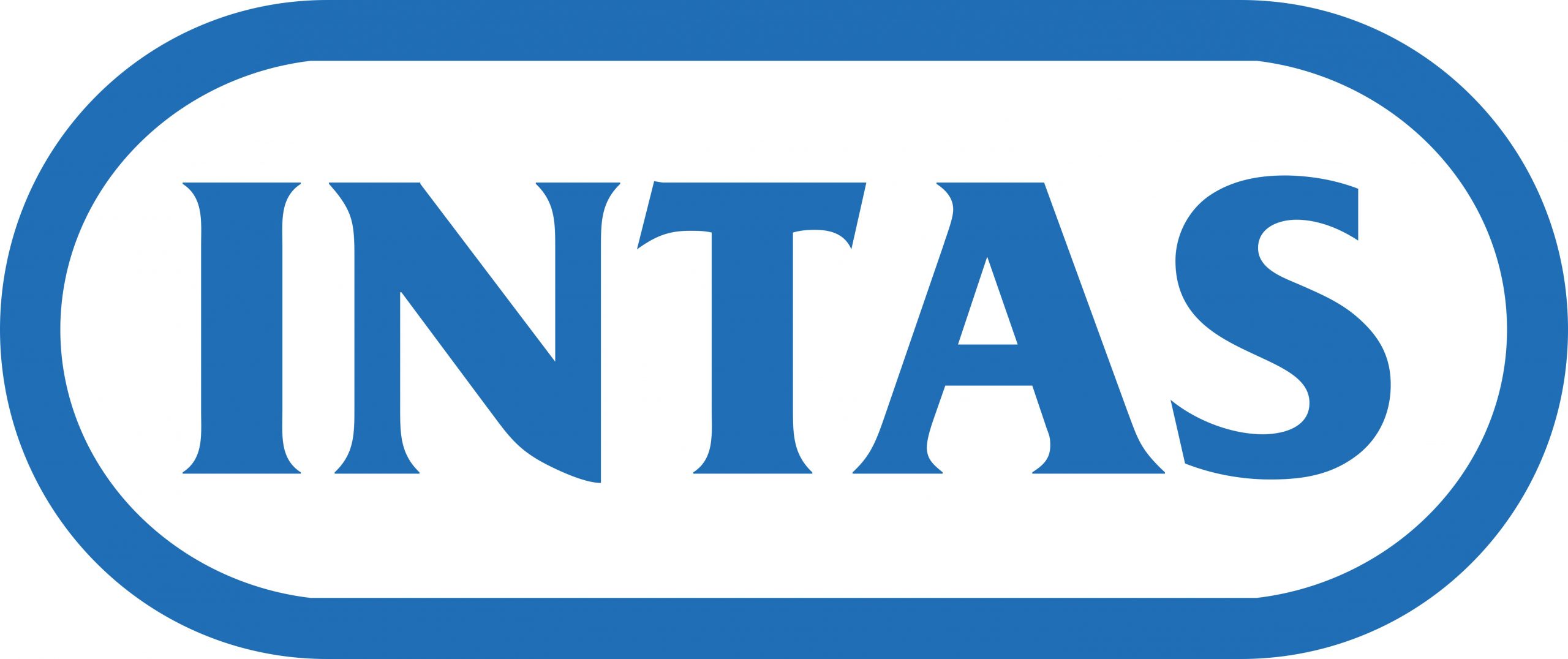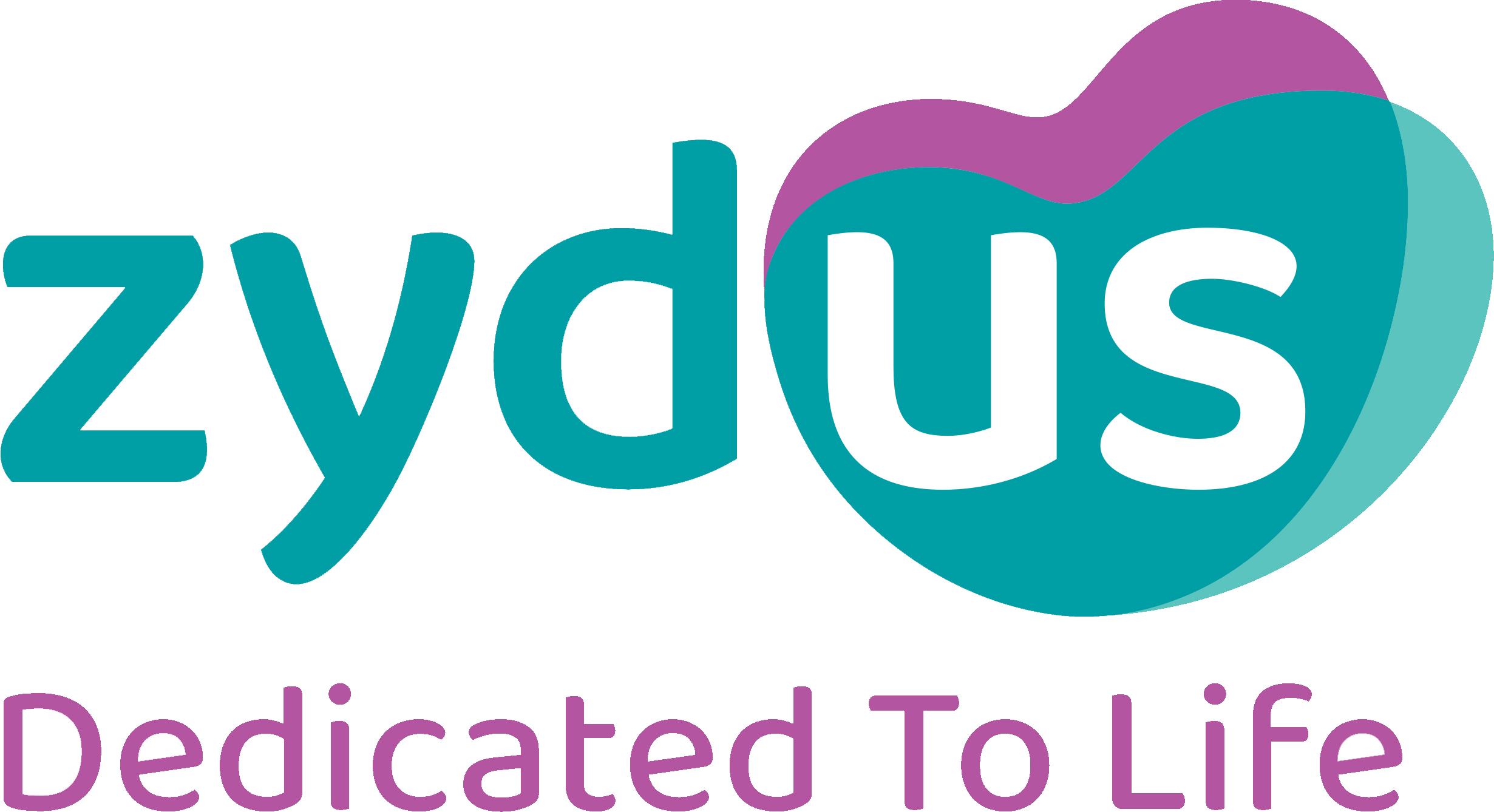Thank you for being a part of APBMT 2022
Dear Colleagues
On behalf of the Indian Society of Blood and Marrow Transplantation and Asia Pacific Blood and Marrow Transplantation group, we would like to thank you for attending the 27th Annual Meeting of Asia Pacific Blood and Marrow Transplantation group held on a hybrid mode from October 6th-9th , 2022.
We hope that you found the meeting informative and worthwhile for both in-person and virtual participants. We owe our gratitude to our faculty for taking time out to be part of the scientific programme of this prestigious event and making it a truly enriching experience for all. We also acknowledge all our delegates for enthusiastic participation and hope you all had a fun filled productive time.
It is fair to conclude that the meeting was a great success and we thank each one of you who contributed in so many ways to turn this event into a landmark meeting with many high-quality lectures, papers and e-posters.
Thank you for bringing such big differences! We hope the best for you and success in your future.
Dr. Shinichiro Okamoto
Co-President
APBMT 2022
Dr. Alok Srivastava
Co-President
APBMT 2022
Dr. Jong Wook Lee
Co-Chair
Organising Committee
APBMT 2022
Dr. Shashikant Apte
Co-Chair
Organising Committee
APBMT 2022
Dr. William Hwang
Co-Chair
Scientific Program Committee
APBMT 2022
Dr. Navin Khattry
Co-Chair
Scientific Program Committee
APBMT 2022
Dr. Sharat Damodar
Secretary
Organising Committee
APBMT 2022
Announcements
- The 27th Congress of APBMT at Kochi (India) concluded on 09-Oct at 12 PM (IST).
- The Award Winners for best oral & poster presentations were announced at the end of the meeting.

















